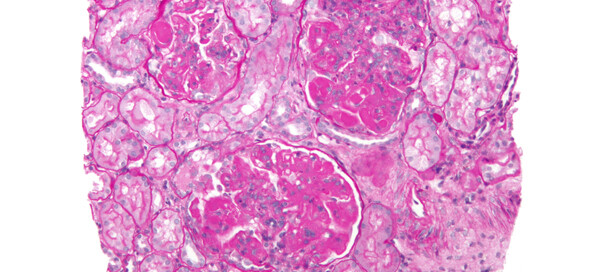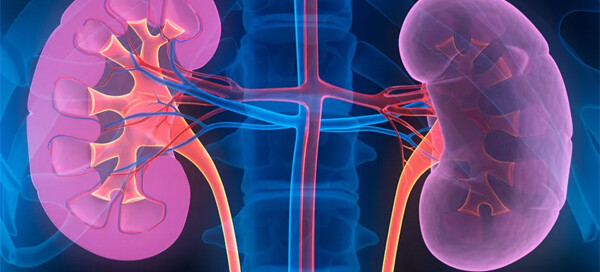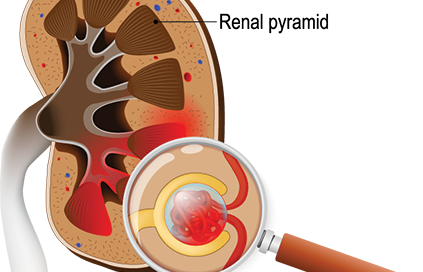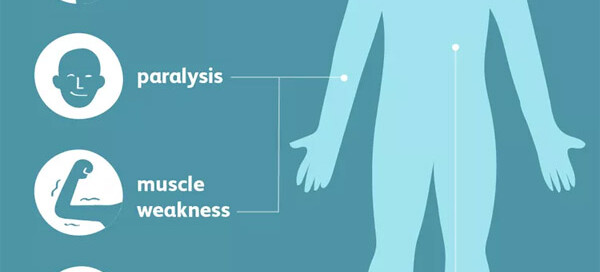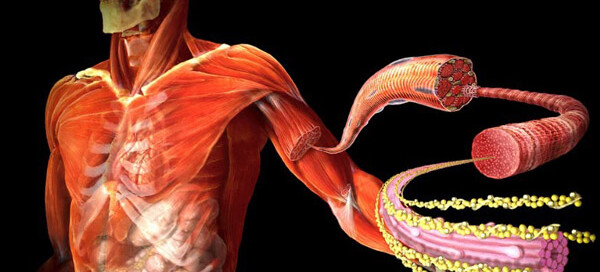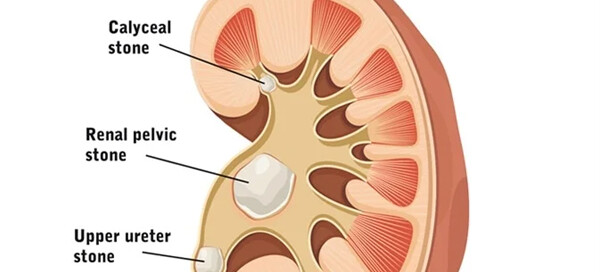Lupus Nephritis Overview
Lupus can affect the kidney in many ways. The pathologic classification of lupus nephritis is based on kidney biopsy. Lupus can also affect the kidney in other ways outside of the classification system. This article will provide an overview of pathologic and clinical findings associated with the different types of lupus nephritis. General

